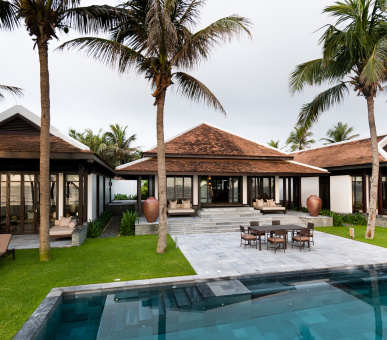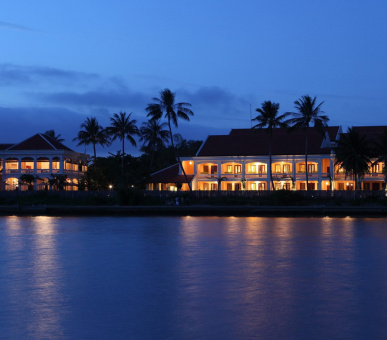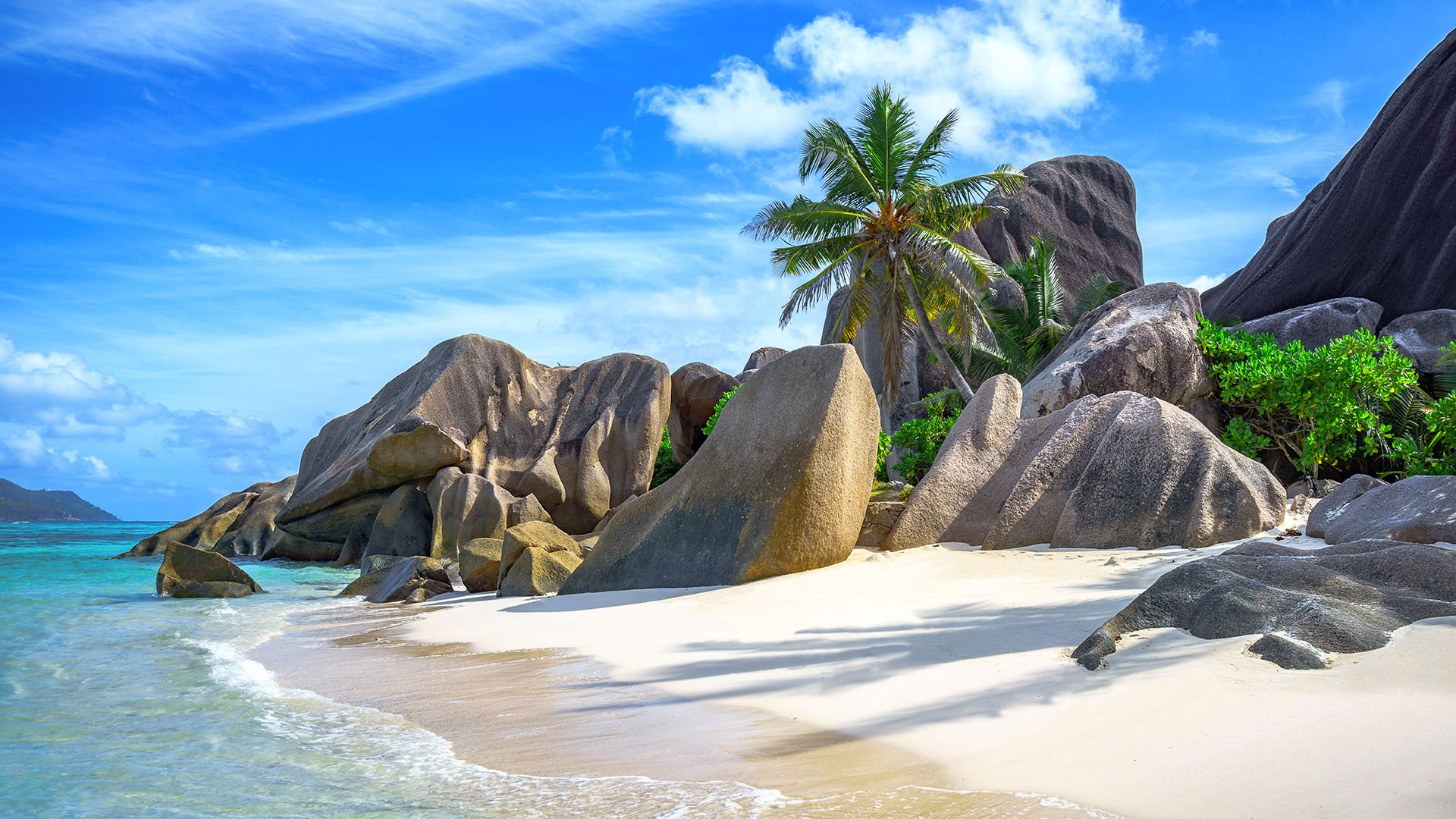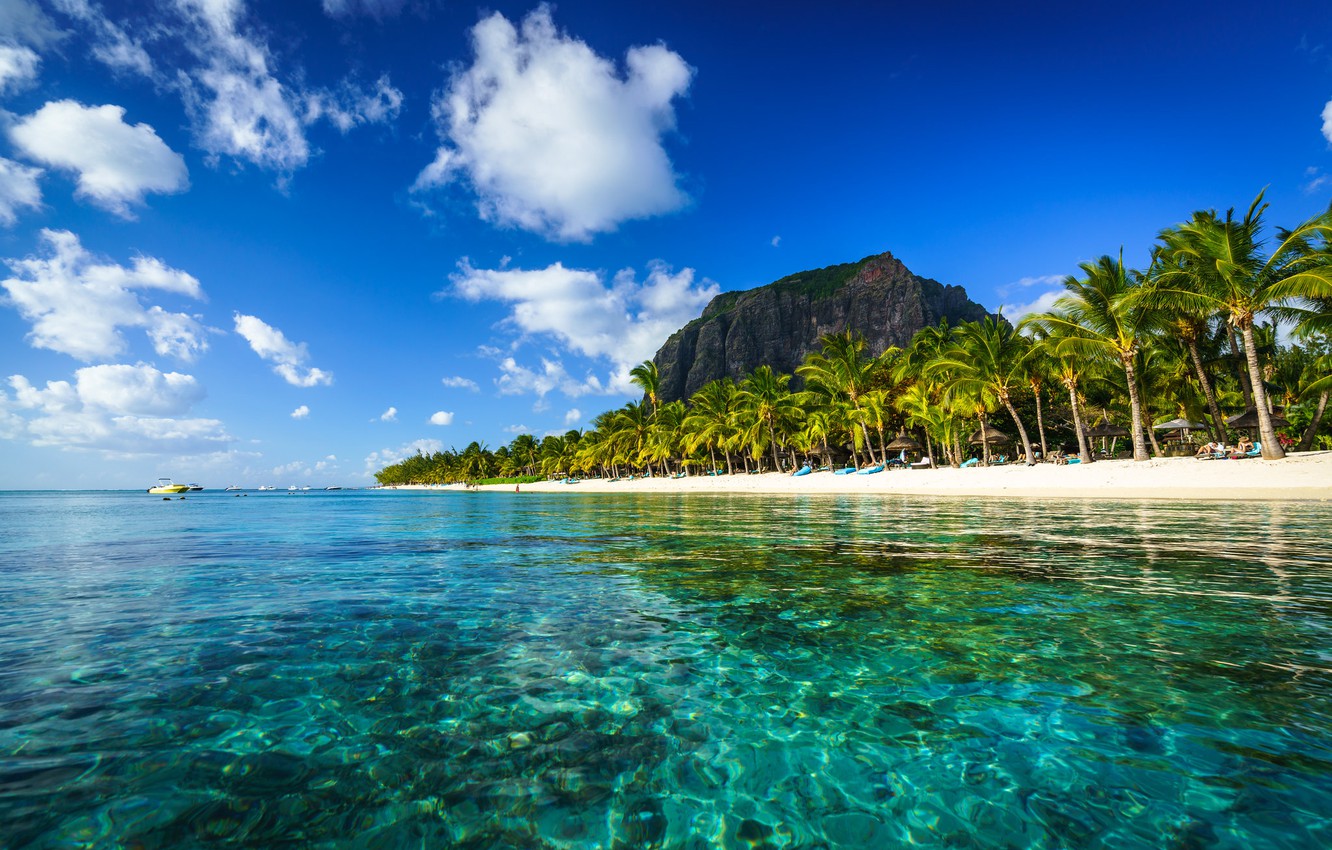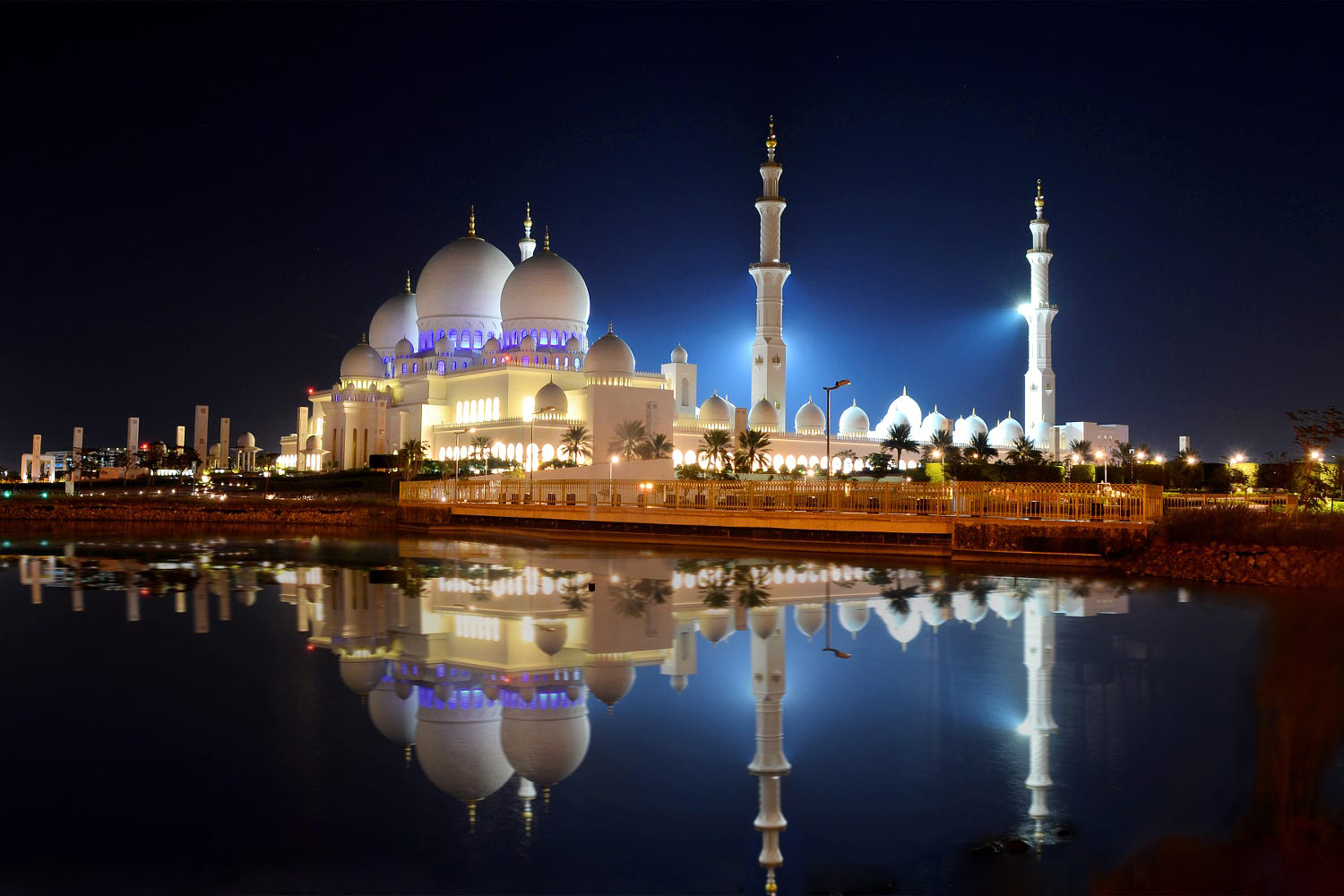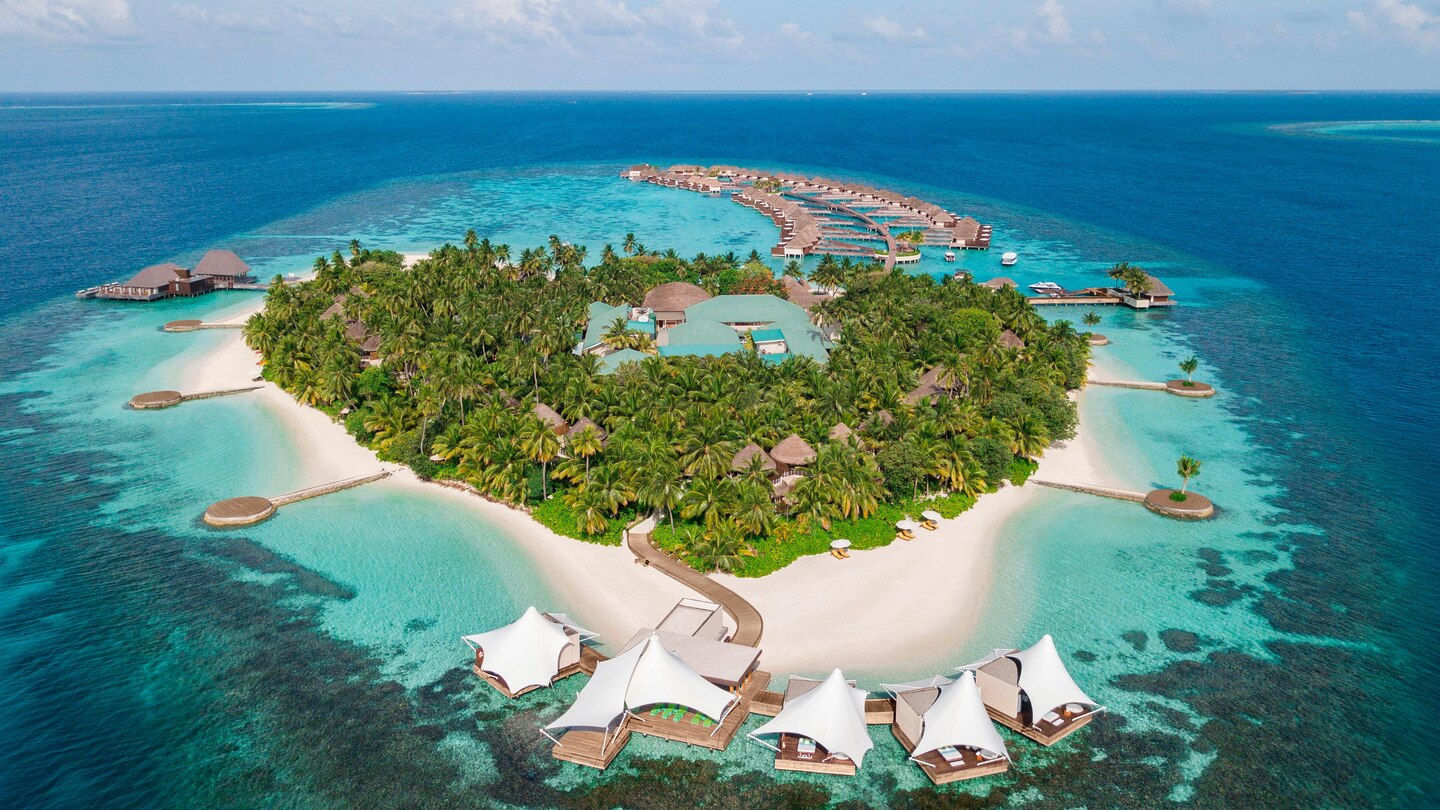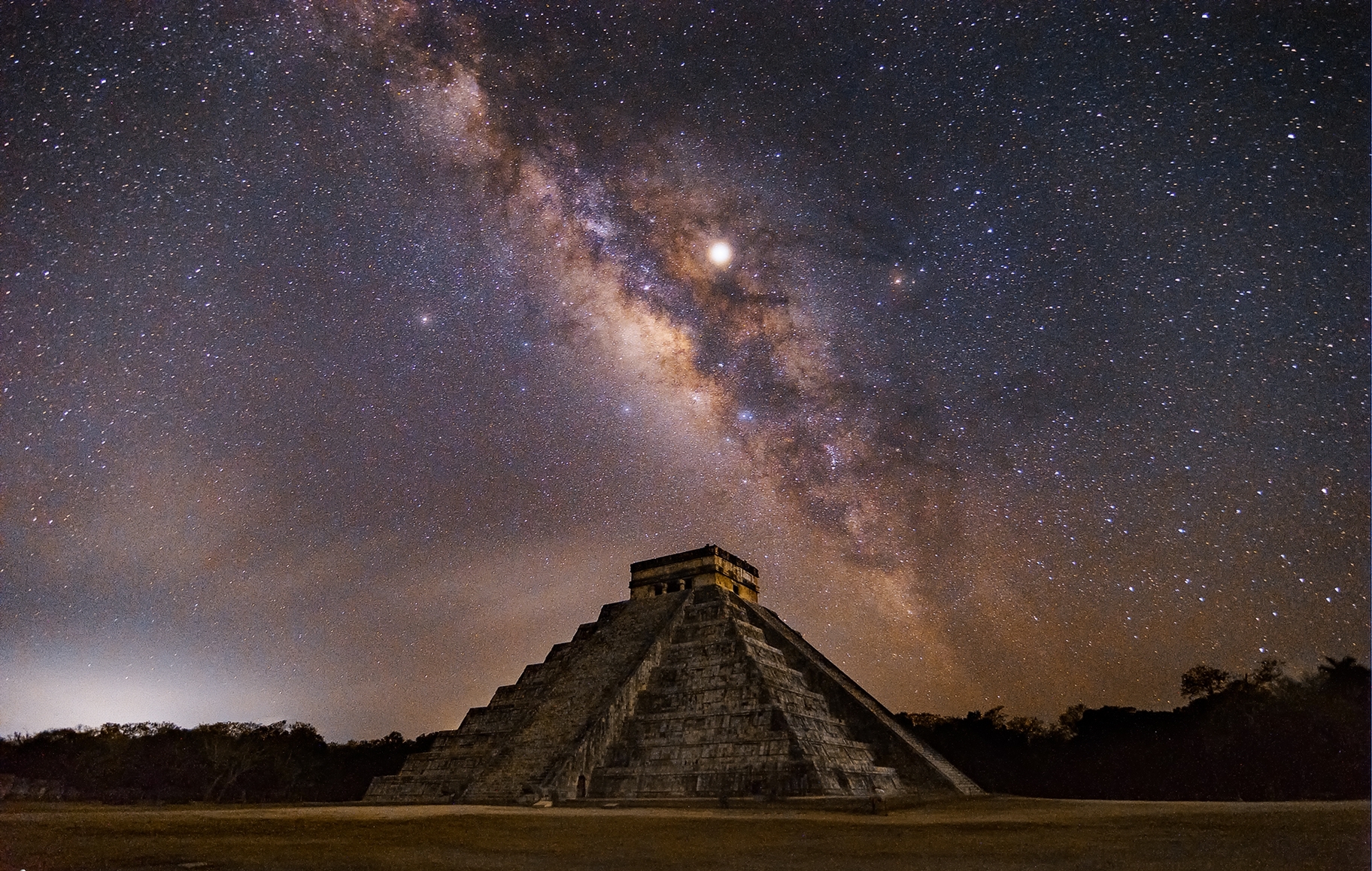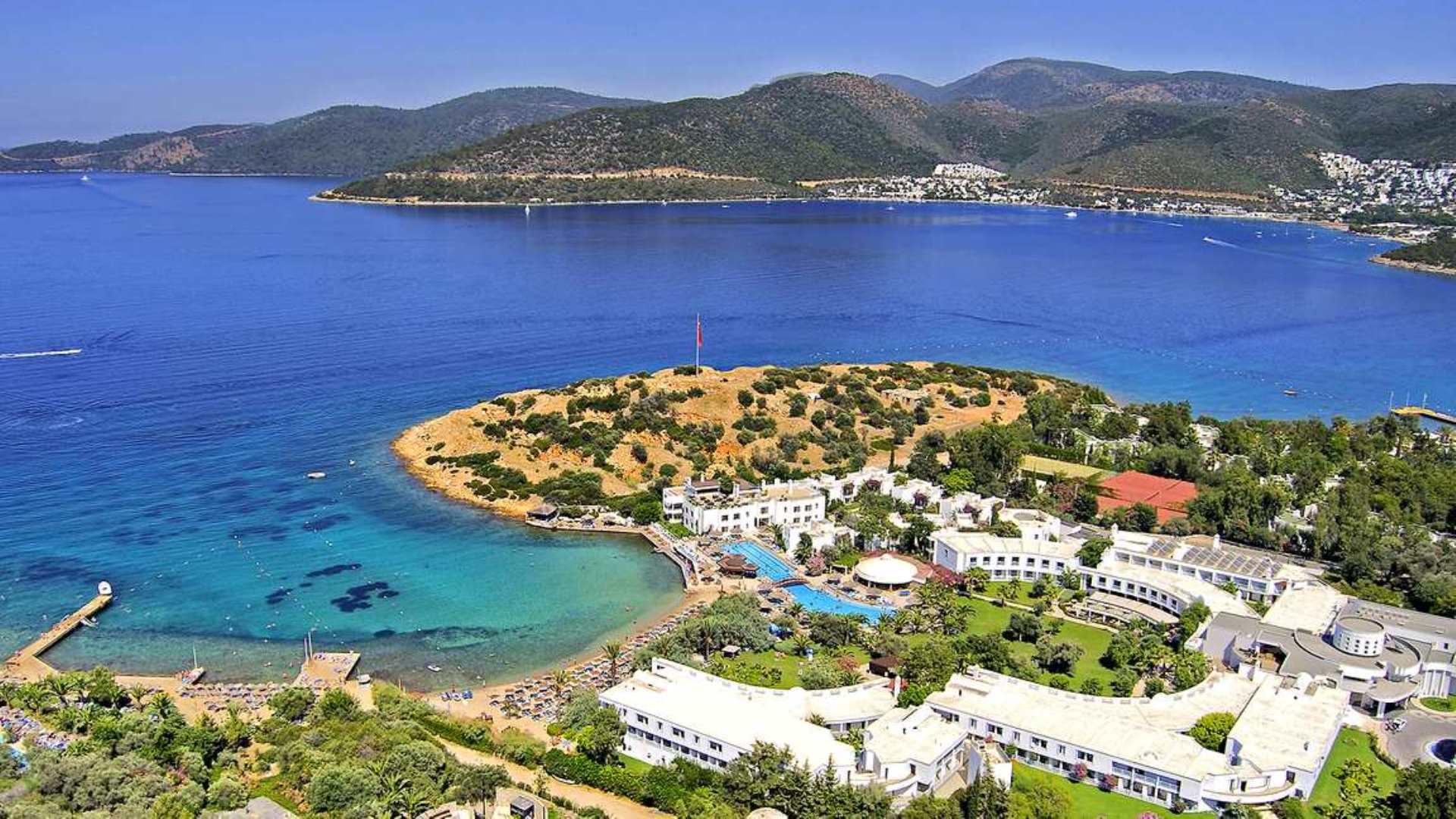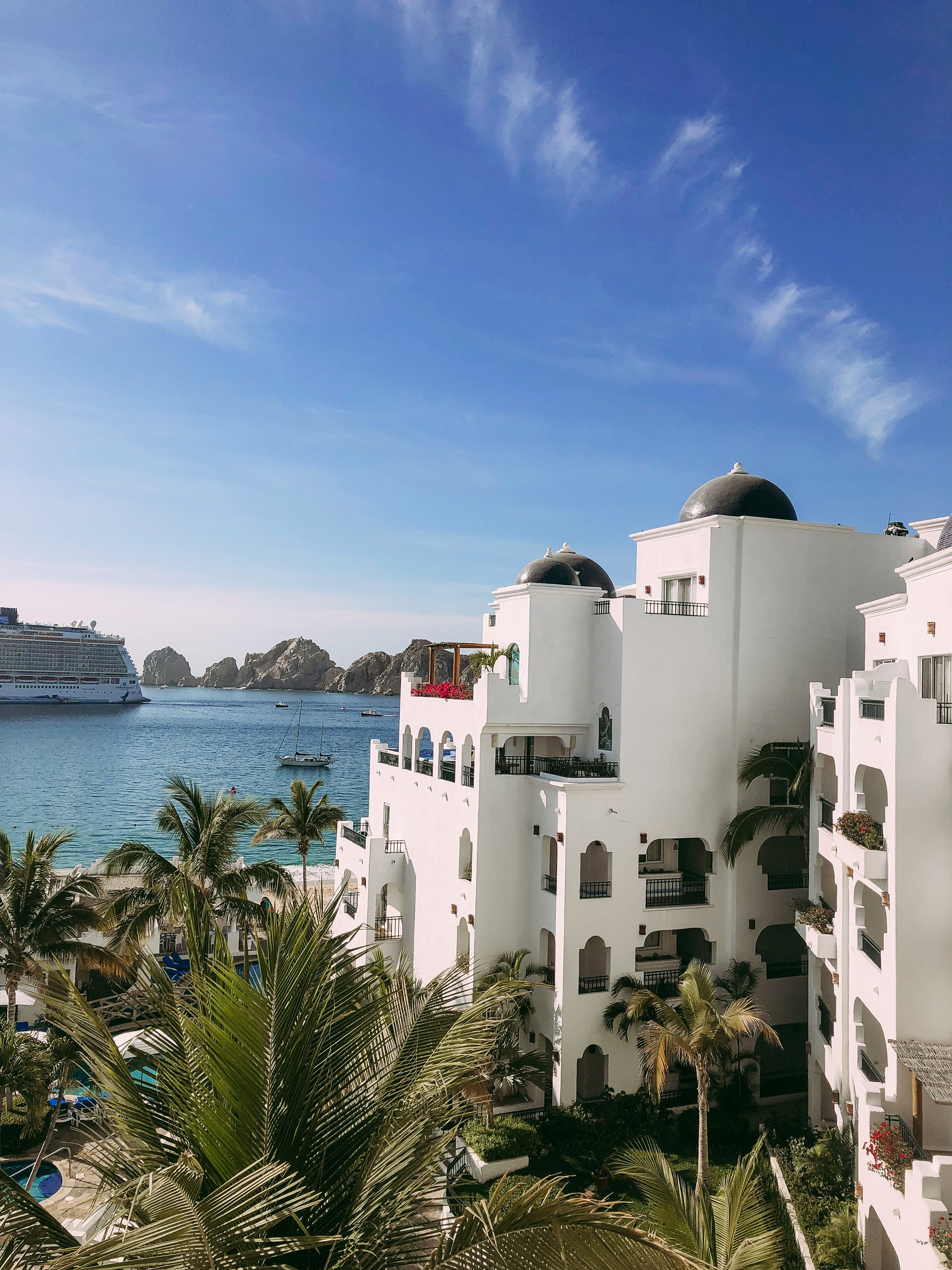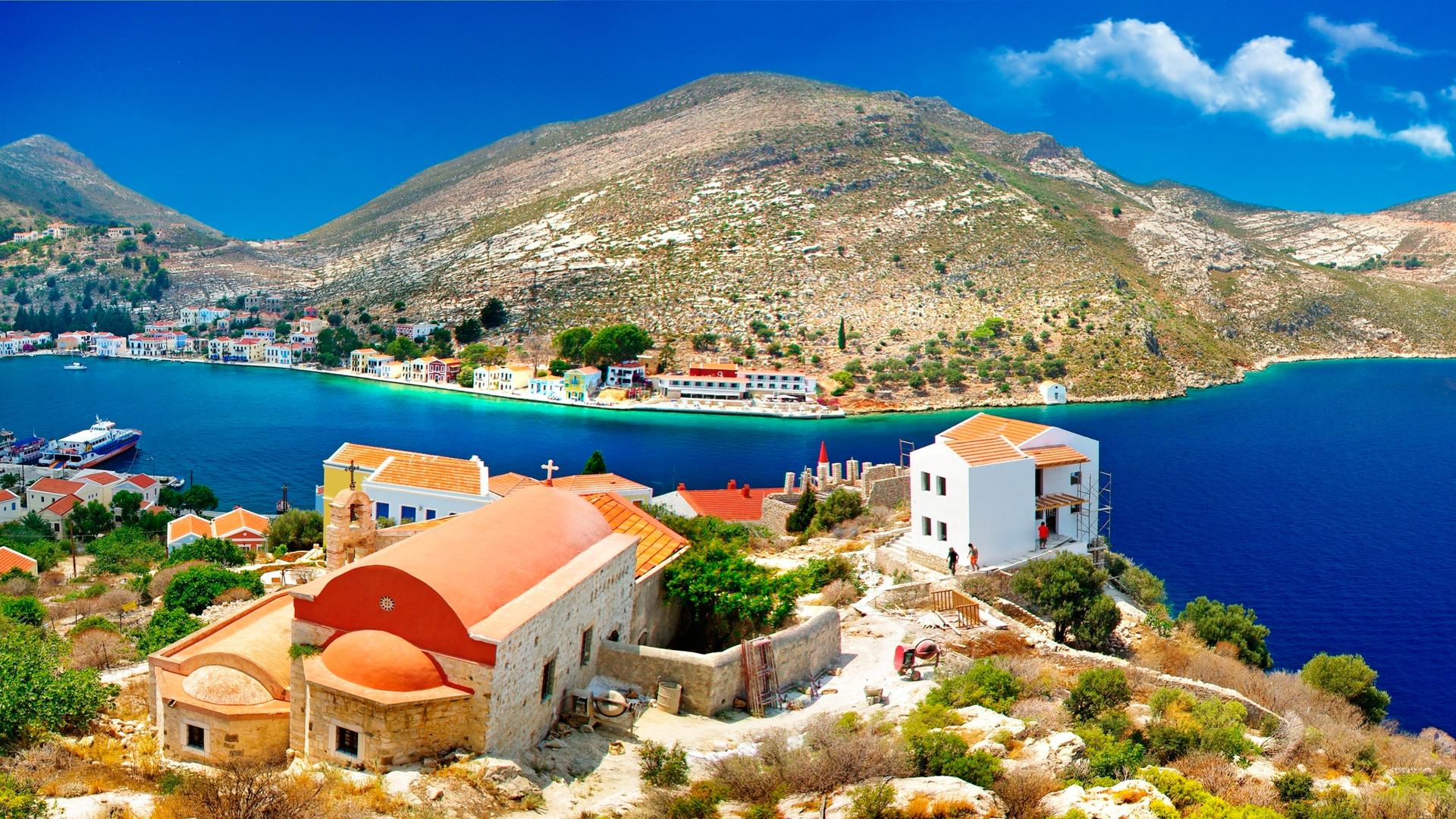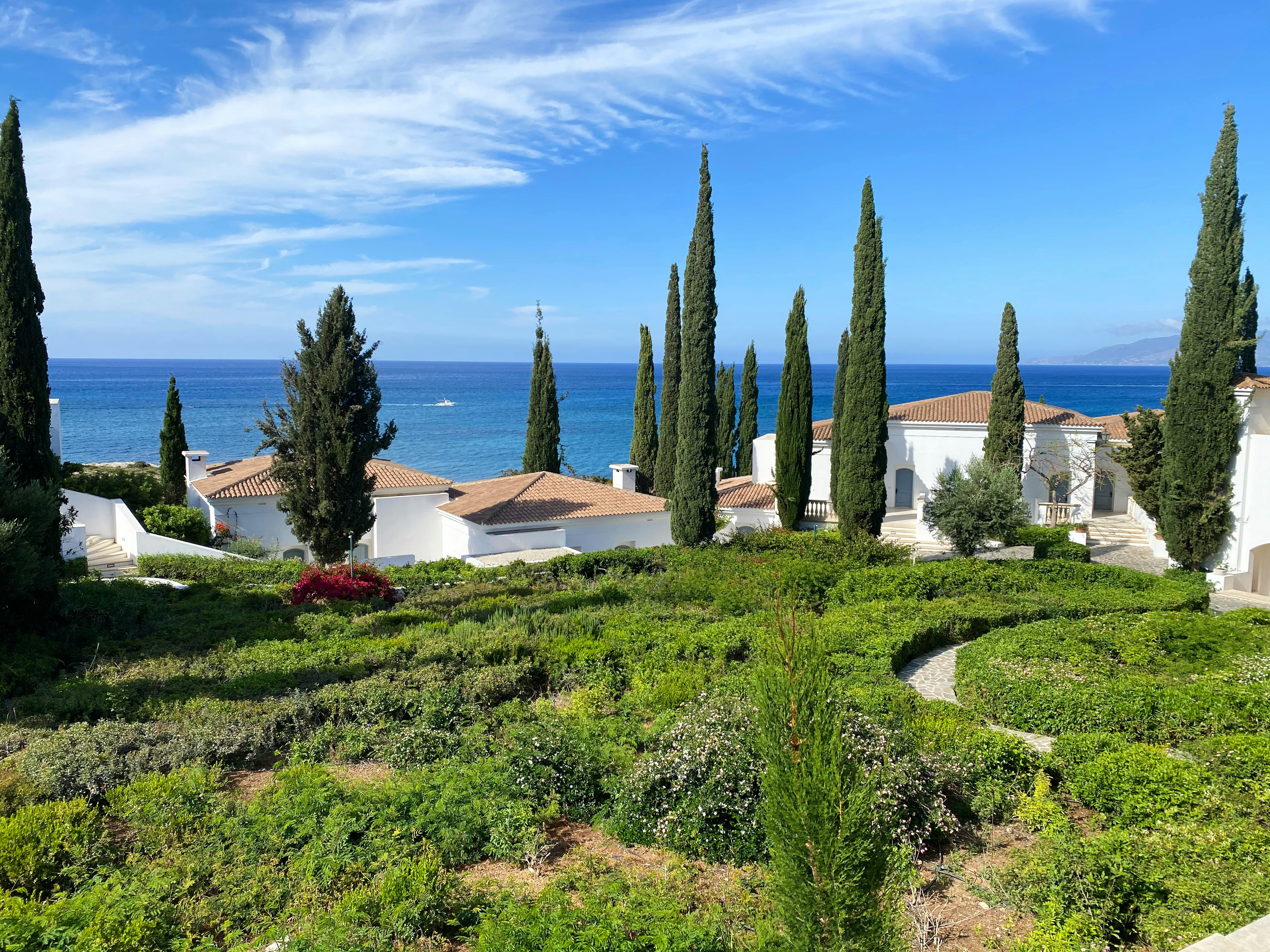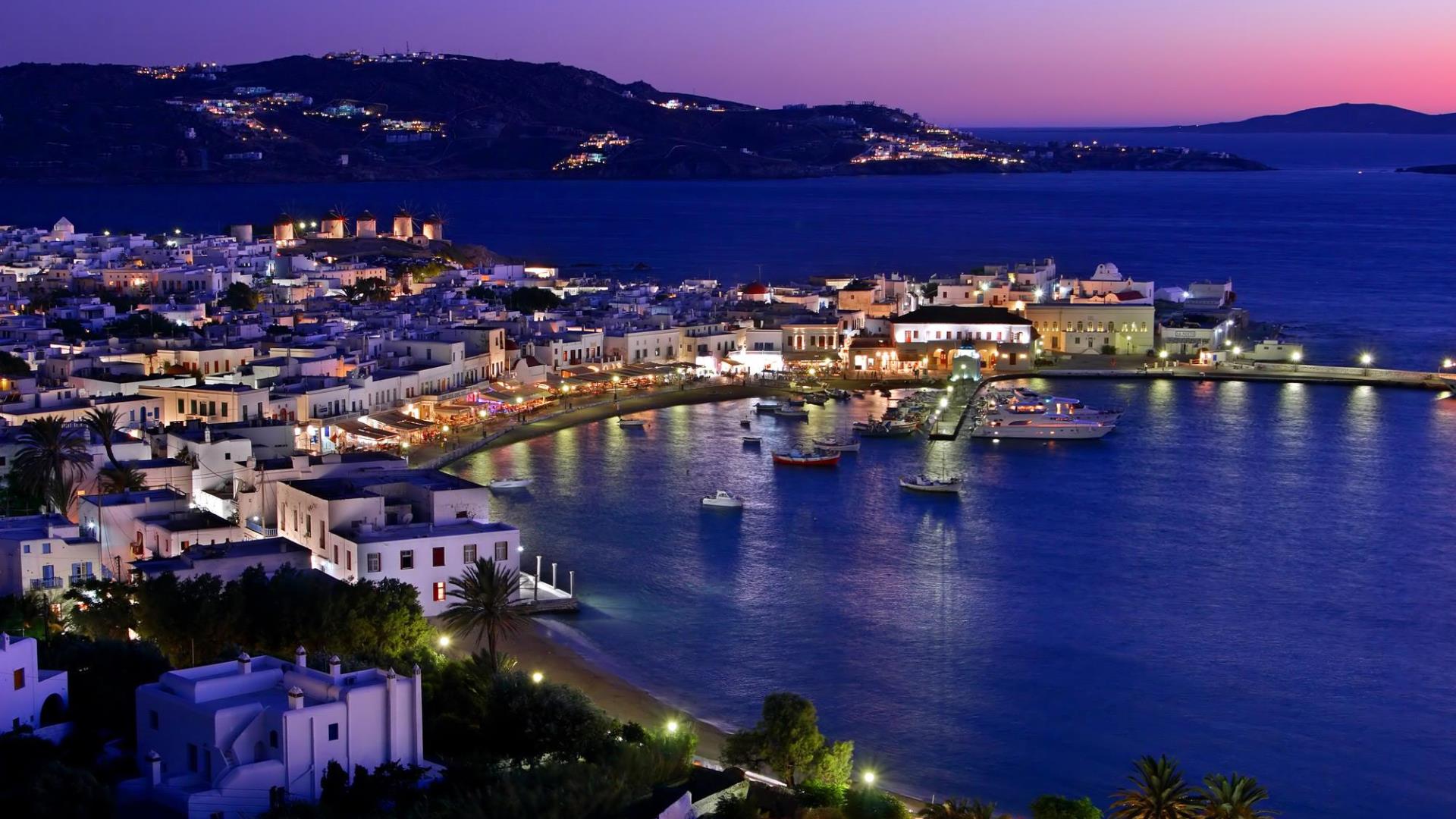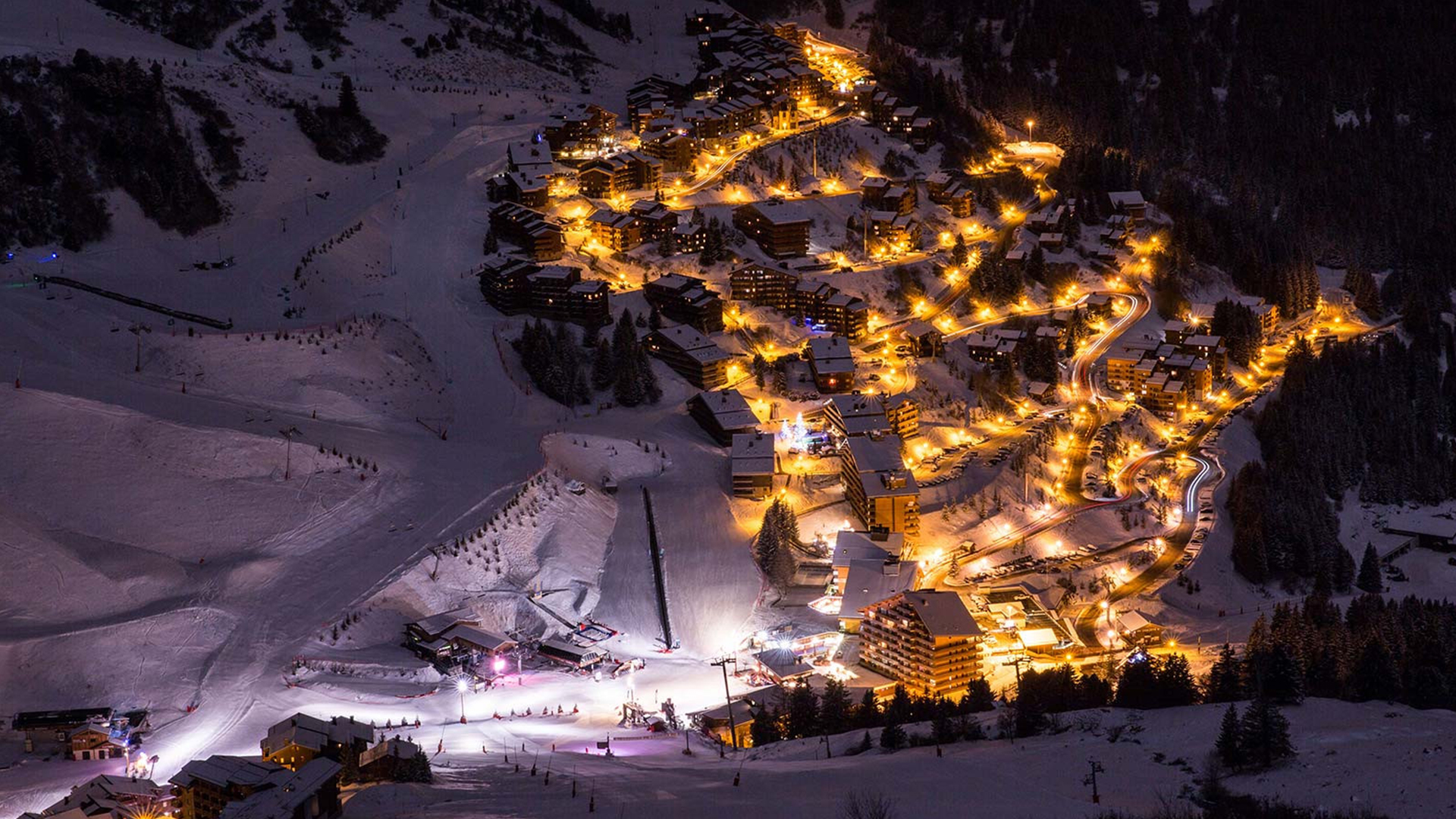Holidays in Hoyana
The Hoyang Museum, one of the centers of the Great Silk Road, is located south of Hue. Hoyan was known in ancient European buyers and seafarers under the name of Fayo. Archaeological discoveries indicate that the first settlement was still here 2200 years ago. From II to X vv, the area was the centre of the State of Champa, which had experienced the enormous influence of India. The Toyms adopted Hinduism as their religion and began to use Sanskrit as a church language. And during this period, Hoyan was already a pretty live port. The same time is true of the Shimharapura (Chakyu) Temams of the former capital, as well as the Indrapura Temples (Dongzaong) and Mishona.
Hoyan was one of the main ports of South-East Asia in the sixteenth, sixteenth and nineteenth centuries, competing with Macao and Malacca. They came in here for high-quality silk, paper, porcelain, tea, sugar, pepper, elephant bars, lacuna and lead. The vibrant trade has led to the establishment of settlements and warehouses of Dutch, Portuguese, Chinese, Japanese, Spanish and French buyers. The international swimming community has put its own print on the city ' s architecture. The city is divided into neighbourhoods, each of which has been built by a certain swimming community and has its infinite atmosphere.
Many palaces, pagodas and remnants of military reinforcements continued in the old quarter where machines were prohibited. In 1999, Hoyan was recognized by UNESCO as a World Heritage Monument.
Wildlife lovers can go to the beach with white sand beaches or ride a boat along the river. 4 kilometres east of the city, there is a good beach to which the painting road leads through the bay rice fields.
The weather is more than warm, rain more winter.
Average annual air temperature (°C):
There's a local holiday in town full moon. There are lights on the streets, guests and locals enjoying traditional food, songs, dances and fascinating games.

